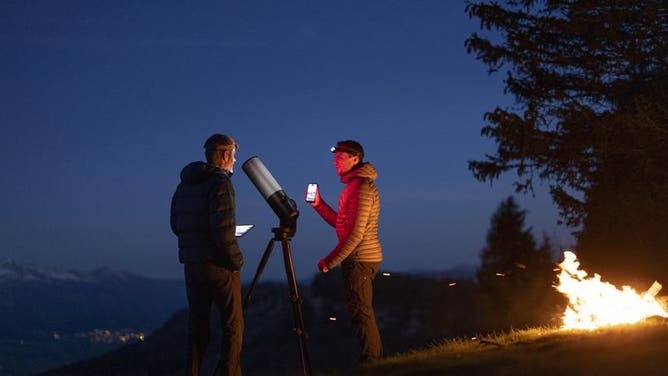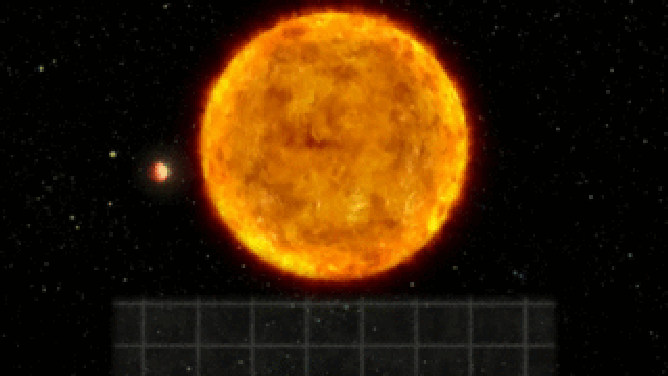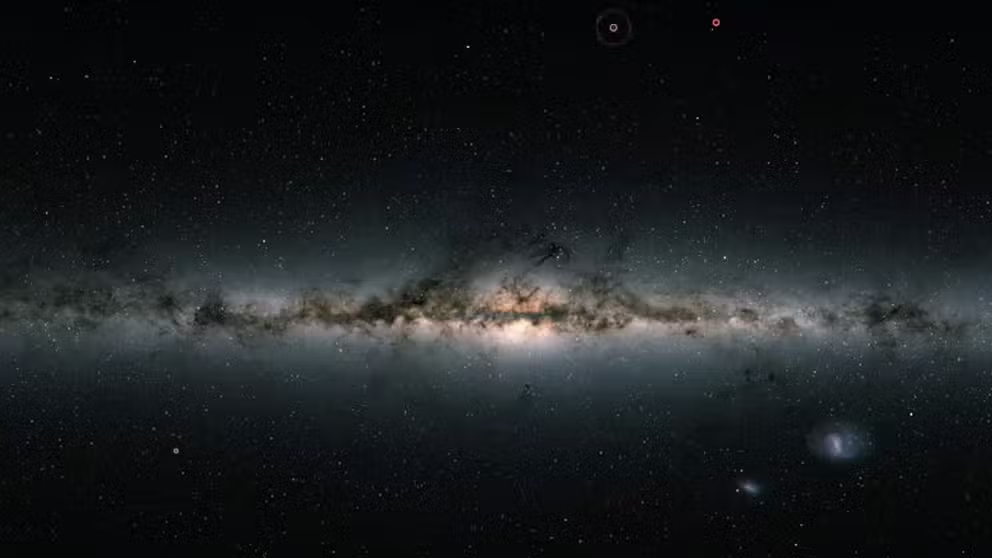Exo-planeteers: Amateur astronomers invited to help confirm new worlds
The citizen science program will focus on potential exoplanets that have some similar traits to our own gas giant planet Jupiter, known as exo-Jupiters.

Astronomers using the Unistellar eVscope telescope. (Image credit: Unistellar)
Imagine a whole new world. Or how about thousands of planets?
In the past 20 years, scientists have confirmed more than 5,000 worlds outside our solar system, known as exoplanets. As the hunt for habitable planets continues, the Search for Extraterrestrial Intelligence (SETI) Institute and telescope-maker Unistellar are asking for help from citizen scientists to find new exoplanets.
In the Unistellar Exoplanet Campaign, a network of amateur astronomers will use Unistellar's eVscope or other telescopes to help confirm exoplanet candidates by NASA's TESS spacecraft, which stands for Transiting Exoplanet Survey Satellite.
Think of it as a planetary fact check. Unistellar is calling the network members "Exo planeteers."
NEWLY DISCOVERED 'SUPER-EARTH' EXOPLANET COULD BE 'WATER WORLD'
NASA's TESS spacecraft finds exoplanet candidates by looking for "blinking" stars. When a planet passes in front of its star, TESS and NASA's Kepler spacecraft see the light dim in front of the star, which indicates a possible exoplanet. More than 5,100 exoplanets have been confirmed using this method, but thousands more are out there.

A planet transiting its star creates a dip in light. (Image credit: NASA's Goddard Space Flight Center)
(NASA)
After TESS identifies a potential planet candidate, much more work needs to happen before it can be "confirmed" among the exoplanet count. Ground-based telescopes on Earth can be used to follow up to see if it was a planet that caused this dip in light or if another object, like a dust cloud or nearby binary star, could be the source.
According to SETI, the citizen science program will focus on potential exoplanets that have some similar traits to our own gas giant planet Jupiter, known as exo-Jupiters.
Recently, 20 astronomers of the network helped confirm a TESS exoplanet candidate named TOI 1812.01, located more than 563 light-years from Earth.
JAMES WEBB SPACE TELESCOPE OBSERVES WEATHER LIGHT-YEARS AWAY, STARTING WITH A PUFFY HOT EXOPLANET
"Observing exoplanets like TOI 1812.01 as they cross in front of, or transit, their host stars is a crucial component of confirming their nature as genuine planets and ensuring our ability to study those planetary systems in the future," SETI Institute research scientist Paul Dalba said in a statement. "The specific properties of this planet, namely its long orbit and long transit duration, put it in a category where citizen science coordinated on a global level like the Unistellar Network can be extremely effective."
New exoplanet candidates will be added to the Unistellar website here, where there are instructions on how to observe the transit and share data with the network. Participants can use the Unistellar app to upload their observation data from anywhere in the world.
SETI and Unistellar say this is an opportunity for anyone to contribute to hunting for exoplanets, even young students.
Listen to the sounds of 5,000 exoplanets
In this animation, exoplanets are represented by musical notes played across decades of discovery. The lower the note, the longer the orbit, NASA says. (NASA/JPL-Caltech/M. Russo, A. Santaguida)
NASA currently has nearly 9,000 exoplanet candidates, which include thousands of multi-planet systems. The growing exoplanet field is challenging and exciting because some of these worlds have similar features to Earth. Follow-up observations by the James Webb Space Telescope or WFIRST could help confirm if these worlds potentially host life.
The space agency recently put sound to all the exoplanets they have found.
NASA selected sounds for all 5,000 confirmed exoplanets, each represented by musical notes played across decades of discovery.
